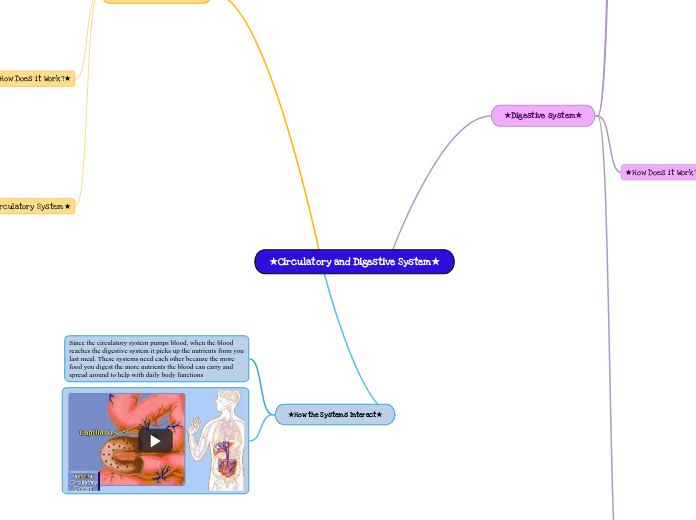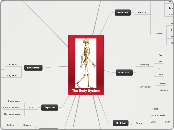door Asad Zaara 4 jaren geleden
595
★Circulatory and Digestive System★
The circulatory and digestive systems are deeply interconnected, relying on each other for vital functions. As the circulatory system pumps blood, it travels to the digestive system to collect nutrients from consumed food.









